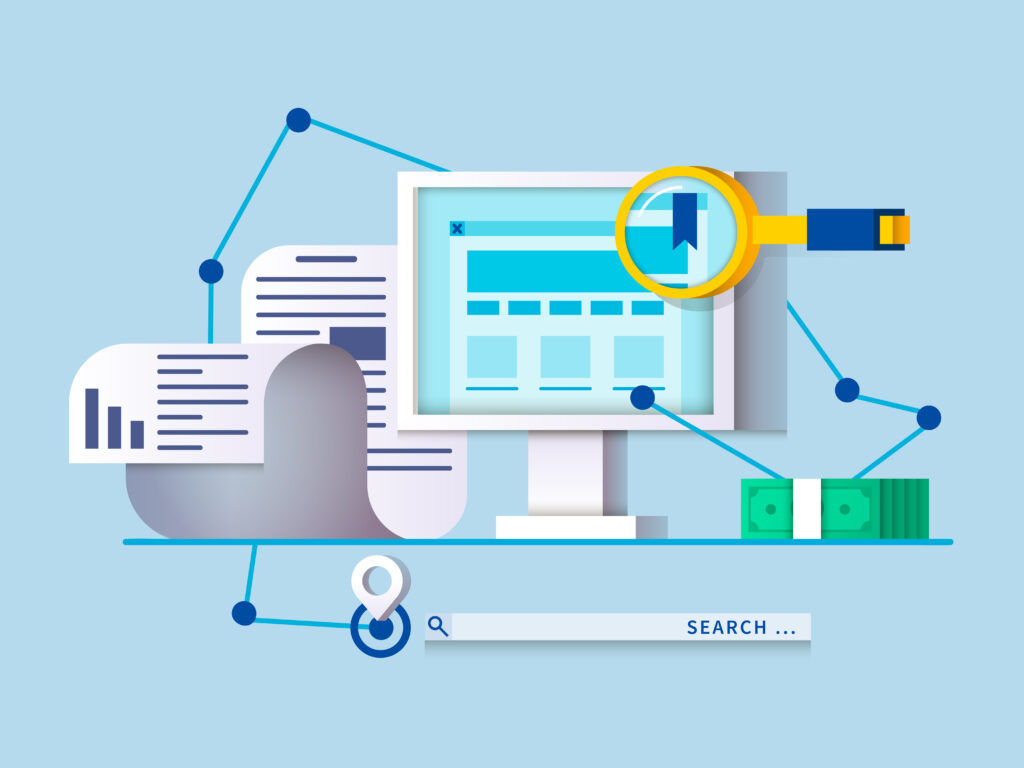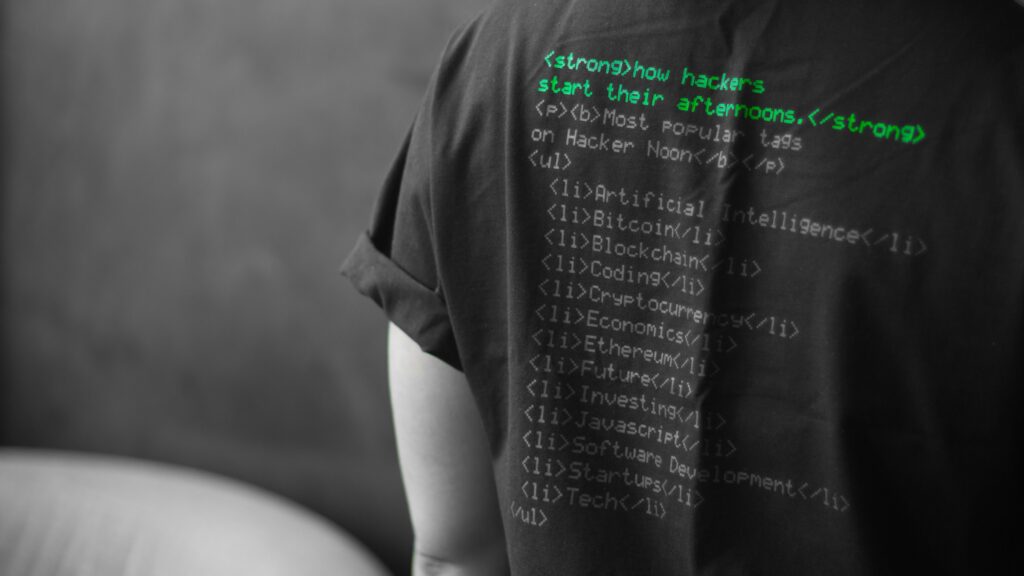The ever-present threat of cyberattacks has pushed the boundaries of traditional web security measures. The emergence of artificial intelligence (AI) has introduced a new era of defence, revolutionising the way we protect our online interactions and sensitive data. In this comprehensive article, we will delve into the transformative impact of AI on web security, exploring its key applications, benefits, and the future it promises.
The evolution of web security
The evolution of web security has been a constant battle between hackers and defenders. Traditional security systems, often reliant on predefined rules and signatures, struggled to keep up with the dynamic and ever-changing nature of cyber threats. This deficiency led to a pressing need for more adaptive and intelligent defence mechanisms – a gap that AI has proven to fill effectively.
As search engines and web indexing became prominent, hackers found new avenues for exploiting vulnerabilities. For instance, SQL injection attacks capitalised on inadequate input validation, leading to unauthorised access to databases. Traditional security tools often failed to detect these complex attack patterns, leaving websites and user data vulnerable.
AI-powered threat detection
The heart of AI’s revolution in web security lies in its unparalleled ability to detect and thwart cyber threats. Machine learning algorithms, a subset of AI, have the capability to process massive volumes of data and recognise intricate patterns that often elude human analysis. The utilisation of keywords like “AI-powered threat detection” and “advanced cyber threat analysis” underscores the efficiency and accuracy of these AI-driven processes.
AI-powered threat detection systems employ a variety of techniques, including anomaly detection and behavioural analysis. By continuously learning from new data, these systems can identify deviations from normal patterns and raise alarms when suspicious activities are detected. Such real-time analysis plays a crucial role in mitigating threats and minimising potential damage.
Predictive analytics and proactive defense
The integration of AI into web security extends beyond mere threat detection. Predictive analytics, driven by AI, empower organisations to adopt proactive defence strategies. By analysing historical data and identifying potential vulnerabilities, businesses can strengthen their defences before malicious actors have a chance to exploit weaknesses.
Predictive analytics leverages machine learning algorithms to forecast potential attack vectors and trends. These insights enable security teams to prioritise resources effectively and allocate efforts to areas most likely to be targeted. The utilisation of keywords such as “predictive analytics for web security” and “proactive AI defence strategies” underscores the importance of staying ahead of cyber threats.
Enhanced user authentication
AI’s impact on web security goes beyond protecting servers and networks. It extends to user authentication, a critical component of ensuring secure access to online platforms. Traditional methods of authentication, such as passwords, are susceptible to breaches due to poor user habits and increasing computational power available to attackers.
Biometric authentication, powered by AI algorithms, offers a more robust and user-friendly alternative. Biometric data, such as fingerprints, facial recognition, or even voice patterns, provide a unique and difficult-to-replicate method of verifying user identity. AI-driven behavioural analysis further enhances authentication processes by assessing patterns of interaction and flagging suspicious behaviour.
Mitigating zero-day vulnerabilities
One of the most challenging aspects of web security is the mitigation of zero-day vulnerabilities – flaws in software or systems that are exploited by hackers before developers can provide a patch. The race against time to identify and address these vulnerabilities is a critical endeavour, and AI is emerging as a powerful ally in this battle.
AI-based zero-day vulnerability detection involves analysing code and behaviour patterns to identify potential weaknesses. Machine learning algorithms can simulate attack scenarios and assess a system’s susceptibility to exploit attempts. This proactive approach aids in reducing the window of opportunity for attackers and allows developers to release patches more quickly.
Natural language processing and contextual understanding
The integration of natural language processing (NLP) into AI-driven web security introduces another layer of protection. NLP algorithms enable systems to understand and interpret human language, making it possible to identify potentially malicious intent in online interactions.
By analysing user inputs and communications, AI-powered systems can detect phishing attempts, malicious links, and other social engineering tactics. These technologies consider not only keywords but also the context of communication, enabling a more accurate assessment of potential threats.
The future of web security: AI-driven defense
The symbiotic relationship between AI and web security is poised to shape the future of digital defence. As cyber threats continue to evolve in complexity and scale, AI’s adaptive nature and rapid learning capabilities make it an indispensable tool for safeguarding online interactions and sensitive data.
The future of AI-driven web security holds promise in several areas:
Advanced threat intelligence
AI will play a pivotal role in developing advanced threat intelligence, where systems continuously learn from global attack trends and share insights in real time. This collective knowledge will empower organisations with up-to-the-minute information to fortify their defences.
Autonomous response systems
AI-powered autonomous response systems will become more refined, enabling networks to automatically identify and neutralise threats without human intervention. These systems will leverage AI’s decision-making prowess to respond effectively to fast-evolving attack scenarios.
Deception technologies
AI-driven deception technologies will gain traction, luring attackers into false environments and diverting their attention from actual targets. This innovative approach will buy security teams precious time to detect and counteract threats.
Quantum computing and AI
The fusion of quantum computing and AI holds the potential to revolutionise web security by solving complex cryptographic problems and enhancing threat detection and response capabilities.
Conclusion
In a world where digital interactions have become ubiquitous, the role of AI in revolutionising web security cannot be overstated. AI’s prowess in threat detection, predictive analytics, user authentication, and vulnerability mitigation is transforming the way organisations safeguard their digital assets.
As we look ahead, the synergy between AI and web security promises an era of heightened protection and adaptability. Embracing AI-driven solutions and staying abreast of evolving technologies will be essential for maintaining secure and resilient online ecosystems. The gates of the digital realm are being guarded by AI, ensuring a safer and more secure digital future for all.
Use this link for more information about HLB Solutions and the services we have to offer. Keep your online presence secure with our web design and maintenance solutions.
Here are some more useful resources to help you better understand web security in an AI powered age.









